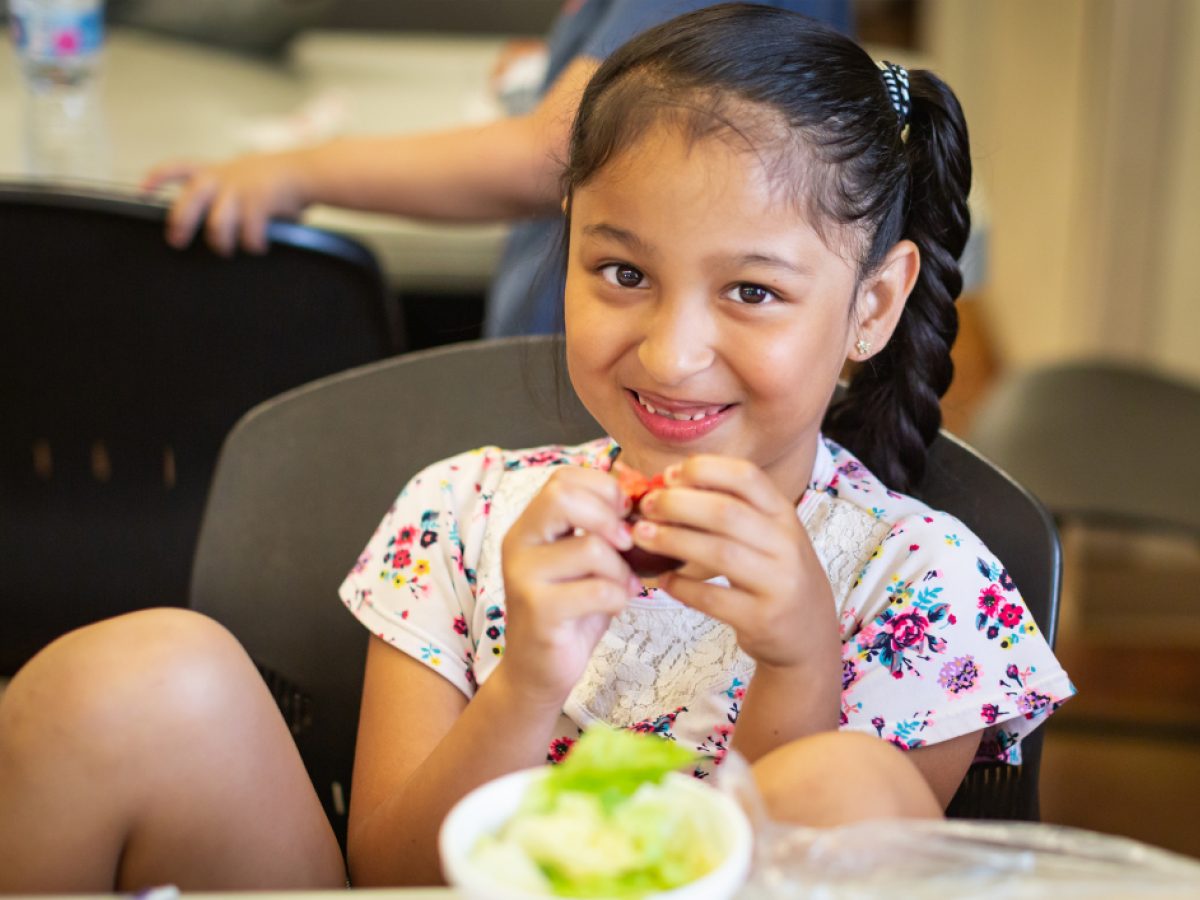Ending Hunger One Afterschool Meal at a Time with the CACFP
April 3, 2024

Over 13 million children leave school each day unsure if they will have supper at home, or if their next meal won’t be until the following day when they are back in school. There’s help for that. Unfortunately, not enough afterschool programs take advantage of the Child and Adult Care Food Program (CACFP), offered by the USDA, which provides financial reimbursement for serving nutritious snacks and supper to at-risk children in care. In fact, only one in twelve low-income students has access to food through the afterschool meals program, leaving many of them hungry at home.
The short story is that serving meals and snacks to children who are at-risk and in care after school doesn’t have to be hard, complicated or expensive. You only need to take attendance, count meals and provide an enrichment activity to participate in the CACFP when you work with a sponsoring organization. In return, the sponsor can work with a food service vendor or school food authority who will deliver meals at or close to the reimbursement rate. This allows you to focus on caring for the students after school, ensuring that they don’t go home with an empty belly.
So, what’s the long story? CACFP: Afterschool Meals
The At-Risk Afterschool (ARAS) component of the CACFP, known by many as Afterschool Meals, serves children and teenagers who are 18 and under at the start of the school year. For a program to be eligible to participate in the food program, it must provide regularly scheduled educational or enrichment activities and be located at a site where at least 50% of the children in the school attendance area are eligible for free and reduced-price school meals. Eligible programs receive financial reimbursement for serving up to one meal and one snack per child after school.
Equally important to note is that sites can also get reimbursement for serving meals on weekends and holidays, when students are out of school, during the school year. Instead of sending them home for a two-week break in December without any certainty of when their next meal will be, participating schools and afterschool programs that stay open or care for students during this time can offer healthy meals and snacks at little to no cost.
The Need for Afterschool Meals Participation
While an overwhelming majority of afterschool snacks and suppers are served through the CACFP nationwide, we still aren’t reaching enough families. According to a report by USDA, one in five children is food insecure in the US, meaning approximately 9 million children don’t know where their next meal will come from. Hunger also disproportionately affects children of minorities, with 22% of Black children and 18.5% of Latino children estimated to be food insecure. Even though 56% of households participate in USDA’s SNAP, WIC, or the National School Lunch Program, three in five parents still find it difficult to afford food for their kids to eat afterschool meals.
So why are kids going hungry after school when Congress has recognized the importance of feeding them and made funding available specifically through the CACFP At-Risk Afterschool Program?
Many schools and afterschool programs that don’t participate report several perceived barriers to participation:
- Lack of enrichment programs
- Logistics of serving meals
- Lack of food storage or refrigeration
- Lack of expertise to self-sponsor
There’s help for that too. Training, resources, enrichment programming and menus for sites with no kitchens are readily available at cacfp.org. Need help with administering CACFP? You can find a Sponsoring Organization in your state to manage much of the program for you.
The positive impact of participating far outweighs the effort as children receive the balanced meals and the essential nutrients they need to learn and grow, feel secure, and have the energy they need to excel academically. Participating in the CACFP costs nothing and provides many benefits to your program and those in your care. Learn more about Afterschool Meals, get guidance from the USDA, and get started serving meals to combat hunger in just a few weeks.
